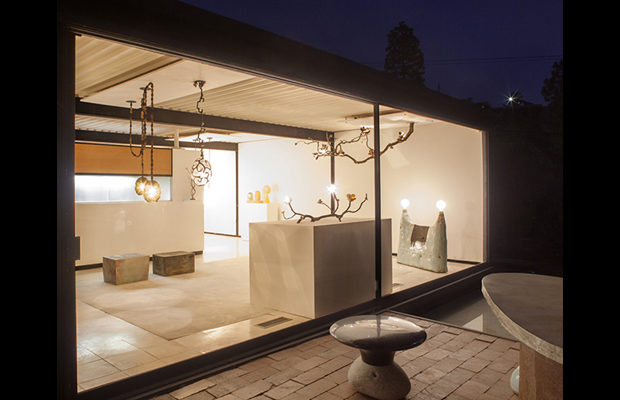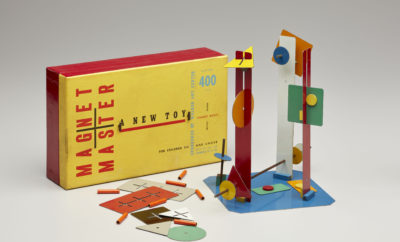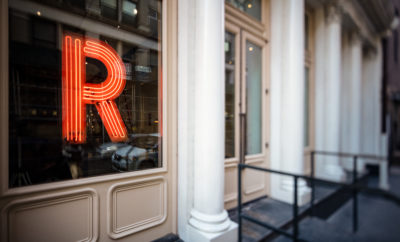
Exhibition
Inside Out: At Seomi Gallery, An Illuminating Show of Modern Lighting
A TWO-PART EXHIBITION AT Seomi International’s Case Study House 21 (Bailey House) in Los Angeles focuses on the role of lighting in design. Organized by Seomi’s P. J. Park in conjunction with Evan Snyderman of the New York–based R & Company, A Case Study in Lighting presents itself as an examination of contrasting motifs: natural and artificial light, East and West, past and present. The first part of the show, which was on display until February 19, featured works by contemporary designers and artists from South Korea, the United States, and Europe. The second part, which opened after MODERN went to press and is on view until June 5, switches over to vintage pieces with a concentration on mid- century modern and Scandinavian design.
Located in the famous Laurel Canyon residential neighborhood of L.A.’s Hollywood Hills, Case Study House 21 has served as the home of Seomi International since 2012. The gallery, founded in Seoul by Park and Jacob Koo, originally purchased the Pierre Koenig–designed house at auction in 2007. Yet according to Seomi’s Swedish-born CEO Linus Adolfsson, the principals were all initially unsure how to use the space. After lending it out for pop-up art exhibitions and events, they decided the historic structure might offer an intriguing, if somewhat unconventional, gallery site. “The house allows the customers to experience pieces in a more organic setting,” Adolfsson explains, “as opposed to our displays at art fairs.”
However, this most recent exhibition intentionally subverts one of Case Study House 21’s defining features: the natural sunlight that flows through the space courtesy of glass walls and a Japanese-inspired open room layout. “In California, there is a tendency to focus on natural light,” Adolfsson says. “We want to show how a home that is known for its natural light can instead become the focus of lighting.” The contemporary pieces in the first part of the show ranged from lamps to candelabras to even more decorative, sculptural objects that incorporated illuminative elements. They included works by Korean designers Lee Hun Chung, Bahk Jong Sun, and Kang Myun Sun, and Americans David Wiseman, Jeff Zimmerman, Thaddeus Wolfe, and the Haas Brothers.
The works in the first part clearly showed the transformative effects lighting can produce in a specific space, with certain pieces creating a playful impression through their fantastical qualities, among them the Haas Brothers’ Gnome Island tabletop lights or Lee Hun Chung’s sky blue double lamp, a large glazed sculptural piece produced in the artist’s signature traditional Korean ceramic process with tongue-in-cheek lightbulb “horns.”
Others, like Bahk Jong Sun’s Trans-1008, a wall-mount- ed lamp sequence amid elegant walnut panels, and Jeff Zimmerman’s Unique Full Moon, an illuminated sculpture of hand-blown glass resembling moons mounted against a black background, generated a more traditionally aesthetic lighting experience. Also included were pendant lamps by Thaddeus Wolfe and David Wiseman that allude to the geometry of Asian hanging lanterns, as well as table lamps by Kang Myun Sun, who applies traditional lacquer to organic shapes and forms. Yet with all of the exhibition’s contrasts, Adolfsson suggests nature is the unifying theme behind each selection—perhaps with just a hint of irony for a show that promotes the value of artificial lighting.
The second part of the exhibition will feature works by Wendell Castle, Grete Magnusson Grossman, and Isamu Noguchi, among others, as the show transitions to its historical perspective on lighting. Vintage Italian design will be represented by pieces from Adalberto Del Lago and Giuseppe Raimondi.












